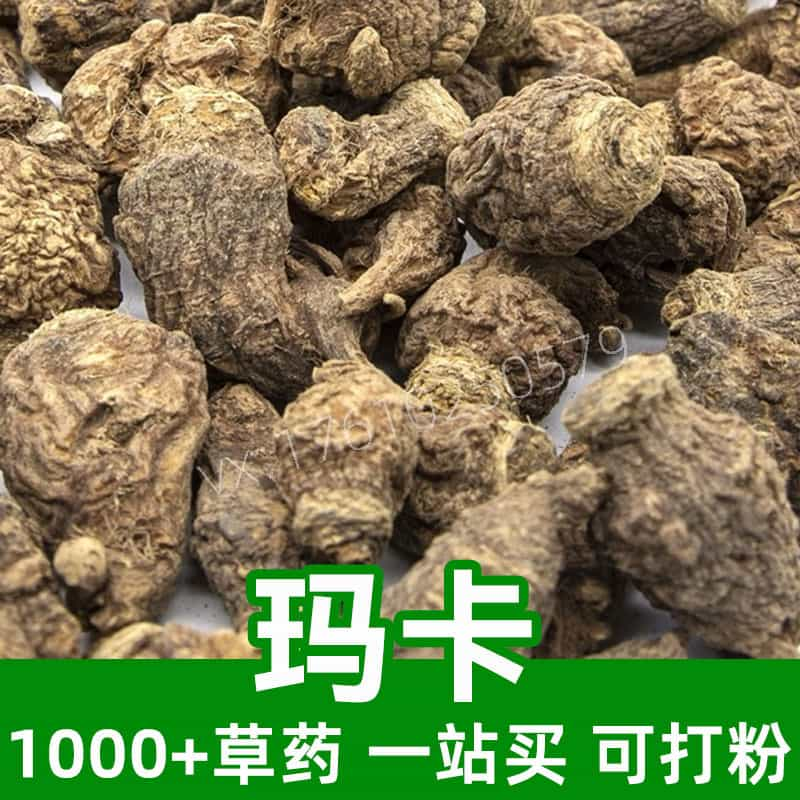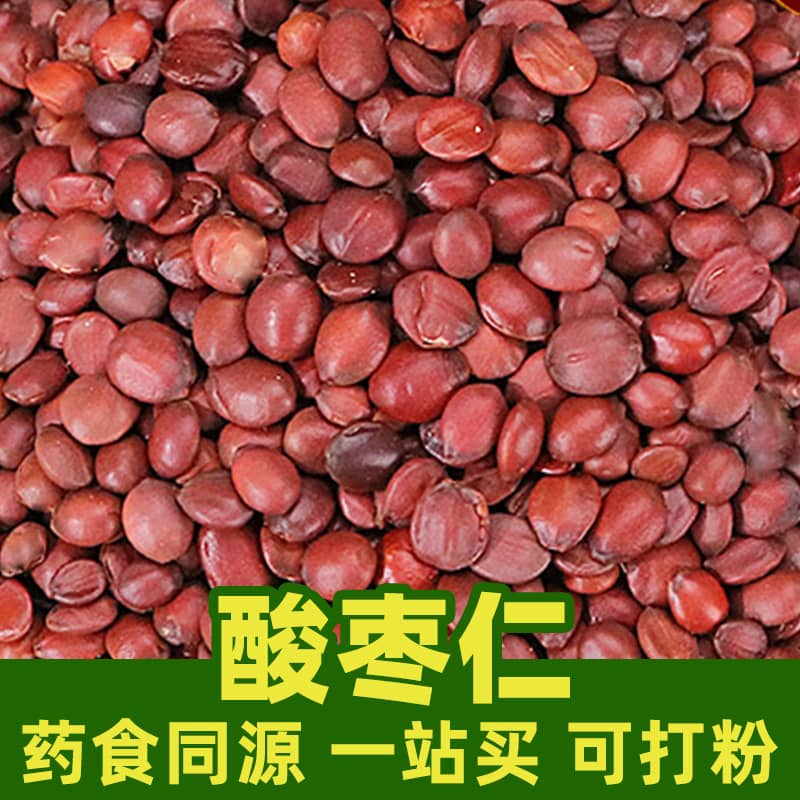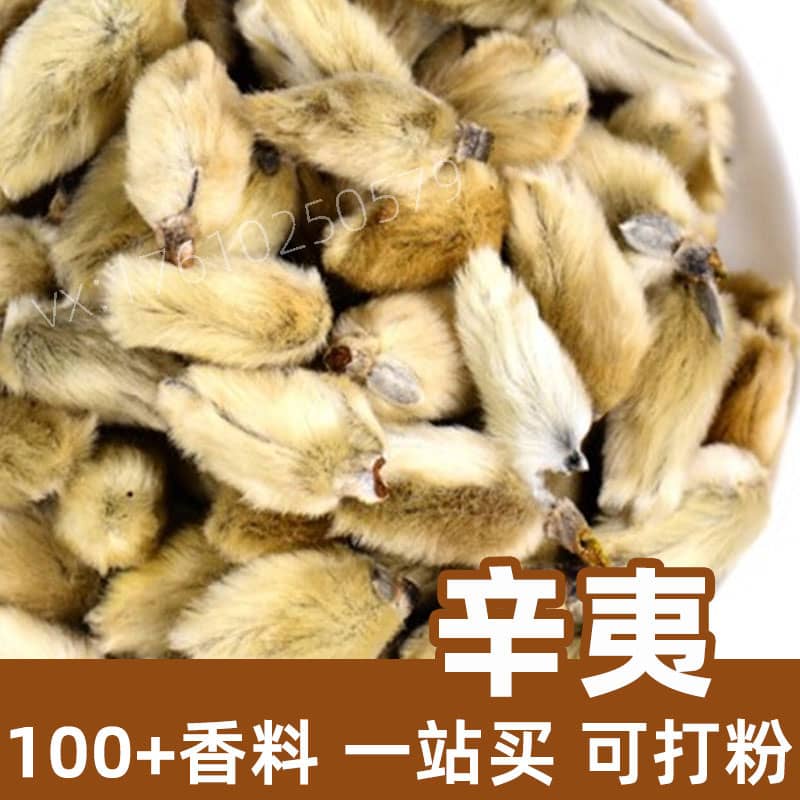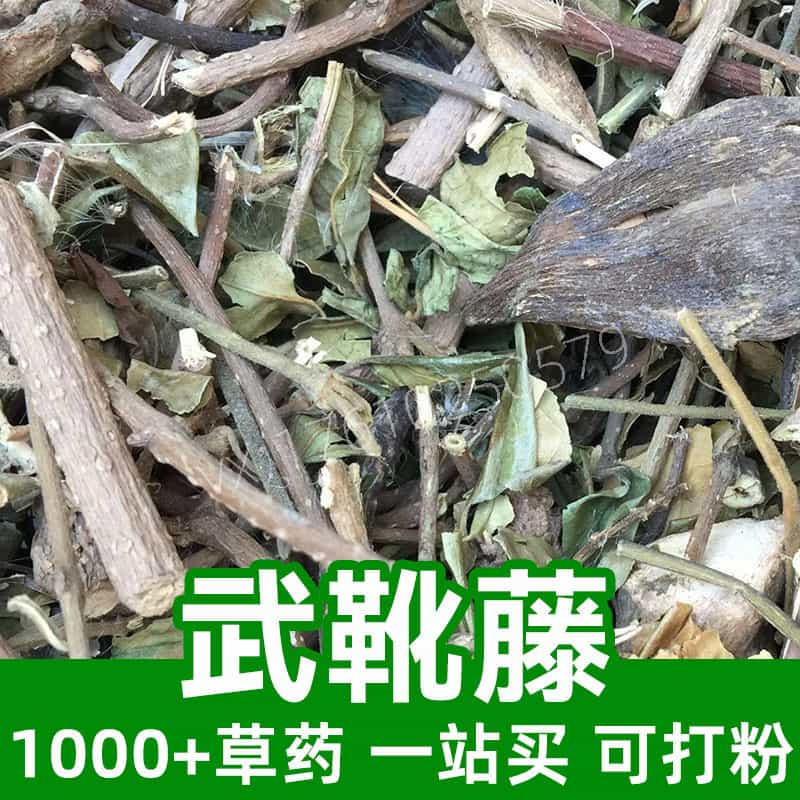Product Introduction
Seabuckthorn leaves, derived from the seabuckthorn plant (Hippophae rhamnoides), are valued for their rich content of vitamins, flavonoids, and other beneficial phytochemicals. This herb has gained prominence in traditional herbal medicine, primarily in regions where the seabuckthorn plant thrives, including parts of Europe and Asia. The leaves are typically harvested during the growing season and utilized in various forms, such as dried leaves for teas, powder for dietary supplements, or extracts in wellness products.
The primary active components of seabuckthorn leaves include flavonoids like quercetin and kaempferol, which are renowned for their antioxidant properties. These compounds help combat oxidative stress and promote overall vitality. Furthermore, vitamin C plays a crucial role in immune support, while carotenoids contribute to skin health. Seabuckthorn leaves are a versatile herbal resource, often used to create soothing teas or serve as an ingredient in healthful food products.
The leaves are not only beneficial for their nutritional content but also offer culinary advantages, adding a unique flavor to beverages and dishes. As interest in herbal remedies and natural wellness products grows, seabuckthorn leaves stand out as a potent and wholesome addition to diets and holistic health practices.
Main Active Ingredients
Seabuckthorn leaves are rich in several active ingredients that contribute to their health-enhancing properties. Among the most noteworthy components are flavonoids, which include quercetin, kaempferol, and rutin. Flavonoids are known for their antioxidant capabilities, which help to neutralize free radicals in the body, potentially reducing oxidative stress and improving overall health.
In addition to flavonoids, seabuckthorn leaves contain a variety of carotenoids, such as beta-carotene. These compounds are known for their role in maintaining healthy vision and skin. Carotenoids can also be converted into vitamin A in the body, which is essential for various bodily functions, including immune health.
Vitamin C, another significant active component found in the leaves, is a vital nutrient that supports the immune system, aids in collagen synthesis, and enhances iron absorption. The presence of phenolic acids contributes further to the antioxidant profile of seabuckthorn leaves, adding to their potential health benefits.
The synergistic effect of these compounds may also play a role in supporting cardiovascular health and maintaining healthy cholesterol levels. The combined actions of flavonoids, carotenoids, and vitamins offer a comprehensive approach to enhancing well-being, making seabuckthorn leaves a vital part of both traditional and modern herbal practices.
Overall, the rich phytochemical composition of seabuckthorn leaves positions them as a valuable resource in herbal medicine, emphasizing their promising role in promoting wellness and vitality.
Product Application Scenarios, Usage, and Dosage
In traditional Chinese medicine (TCM), seabuckthorn leaves are utilized in a variety of ways primarily for their broad-spectrum health-promoting properties. One of the most common applications is the preparation of herbal teas. To make a soothing brew, dried seabuckthorn leaves can be steeped in hot water for about 5-10 minutes, allowing their beneficial compounds to infuse into the liquid. This tea can be consumed daily, with an average dosage of 2-4 grams of dried leaves per cup of water, providing a natural source of antioxidants and vitamins.
Apart from tea, seabuckthorn leaves can be incorporated into dietary supplements. They are often available in powdered form, which can be added to smoothies, soups, or energy bars. A typical dosage for powdered seabuckthorn leaves ranges from 1 to 3 grams per day, depending on individual health goals and nutritional needs.
In addition to their use in beverages and supplements, seabuckthorn leaves are occasionally combined with other herbs in traditional formulas aimed at supporting digestive health and detoxification. They can enhance formulations due to their astringent qualities and promote overall vitality in licensed traditional healthcare practices.
For culinary uses, the leaves are incorporated into marinades, dressings, and sauces to impart a unique flavor profile while supplementing nutrients. However, it is advisable to use seabuckthorn leaves in moderation to avoid potential bitterness.
When using seabuckthorn leaves or incorporating them into diets, it is important to consult with a healthcare professional, particularly for individuals with pre-existing conditions or those taking medications.
Introduction to the Source Plant, Distribution, and Growth Environment
Seabuckthorn (Hippophae rhamnoides) is a deciduous shrub native to Europe and Asia, particularly thriving in harsh environments like coastal areas, rocky slopes, and arid regions. This resilient plant can withstand extreme temperatures, poor soil quality, and drought, making it an invaluable species in several ecosystems. The shrubs can grow up to 3 meters tall, characterized by their thorny branches and slender, lanceolate leaves that are silver on the underside, adapted to reflect sunlight and reduce water loss.
Seabuckthorn is predominantly found in countries such as China, Mongolia, Russia, and parts of Europe, where it typically forms dense thickets that contribute to soil stabilization and erosion control. The plant's ability to fix nitrogen makes it particularly beneficial for soil health, promoting biodiversity in marginal lands.
The seabuckthorn shrub flowers in spring, yielding small yellow-orange berries in late summer, which are known for their exceptional nutritional value. While the berries have gained significant attention for their oil and juice, the leaves remain an underappreciated part of the plant with potent health benefits.
The ideal growth conditions for seabuckthorn include well-drained sandy soils and a sunny location. Once established, the plant requires minimal maintenance, which describes its suitability for cultivation in adverse environmental conditions. As interest in sustainable agriculture and natural therapies continues to grow, seabuckthorn and its leaves offer tremendous potential for cultivation, especially in regions needing ecological restoration.
In summary, seabuckthorn thrives in a variety of environments, and its hardy nature positions it as a highly adaptable plant with numerous applications in herbal medicine and sustainable agriculture.
Harvesting, Processing, and Storage
Harvesting seabuckthorn leaves is a meticulous process that typically occurs in late spring to early summer, when the leaves are young and tender. This timing is crucial, as the nutritional content is at its peak during this period. Harvesters carefully select healthy, vibrant leaves from the shrub, avoiding those with signs of disease or decay to ensure the highest quality.
Once harvested, the leaves undergo a process of cleaning to remove dirt and any impurities. Traditional methods involve rinsing leaves in cool water, followed by air-drying in shaded areas to prevent exposure to direct sunlight, which can degrade the active compounds. The drying process is essential, as it preserves the integrity of the leaves while concentrating their beneficial constituents.
After drying, the leaves can be either stored whole or ground into a fine powder. Whole leaves are often packaged in airtight containers that prevent moisture and light exposure. For powdered forms, it is advisable to use opaque containers or vacuum-sealed bags to maintain freshness. Properly processed and stored seabuckthorn leaves can retain their potency for up to two years if kept in cool, dry places away from direct sunlight.
Storage conditions play a pivotal role in maintaining the leaves' bioactive compounds. Ideal storage temperatures range between 15-25 degrees Celsius, ensuring minimal loss of flavor and nutritional value. It is important to periodically check the stored leaves for any signs of mold or spoilage, and any compromised product should be discarded to prevent contamination.
In conclusion, the careful harvesting, processing, and storage of seabuckthorn leaves are vital to preserving their health benefits and extending their shelf life. With increasing interest in natural products, understanding these practices ensures consumers receive high-quality herbal resources.
Monica Sun is a seasoned expert in the natural raw materials industry, with over a decade of experience specializing in traditional Chinese medicinal herbs, spices, and fungi. She is skilled in the sourcing, processing, and application of these materials, emphasizing sustainability and innovation. Monica Sun has contributed to the development of high-quality natural raw materials that serve as essential components in functional foods, pharmaceuticals, and cosmetics, delivering tailored solutions to meet diverse market needs.
















